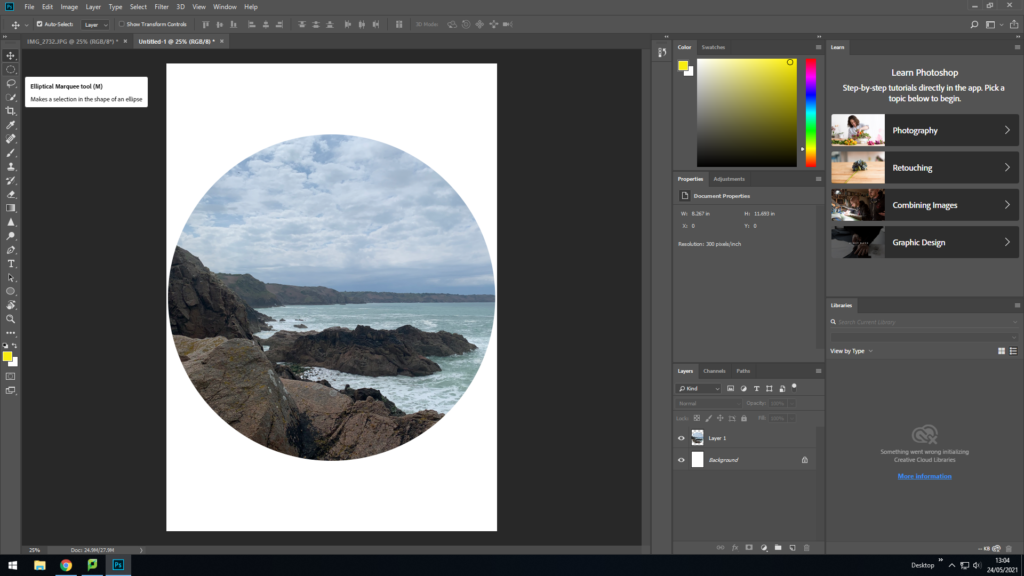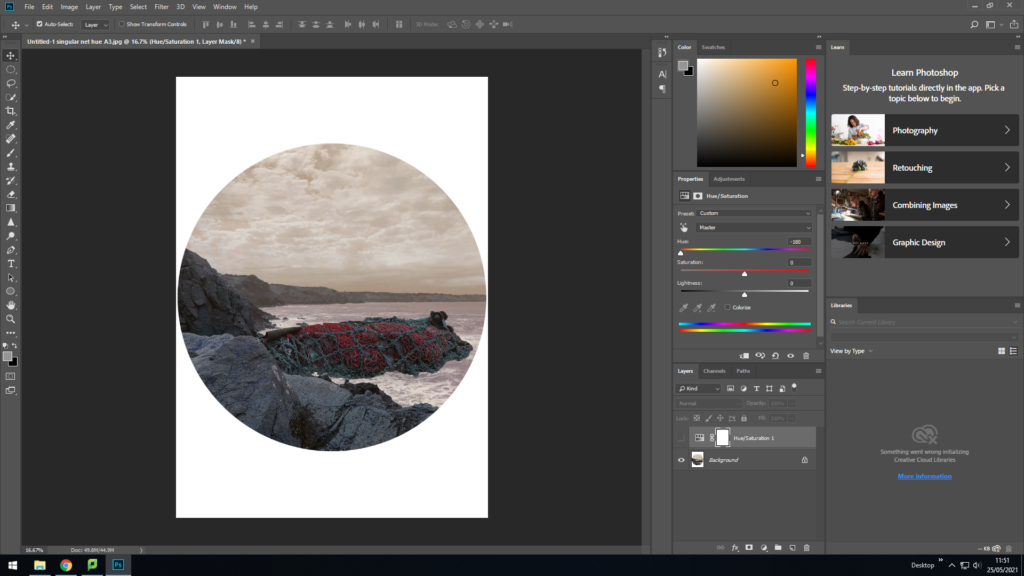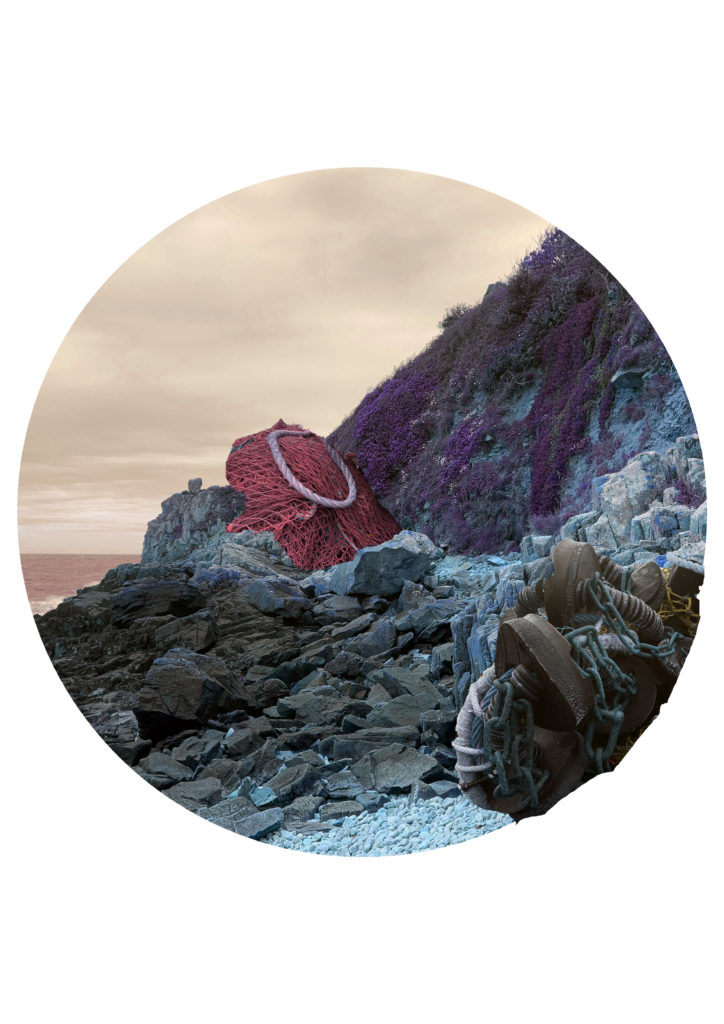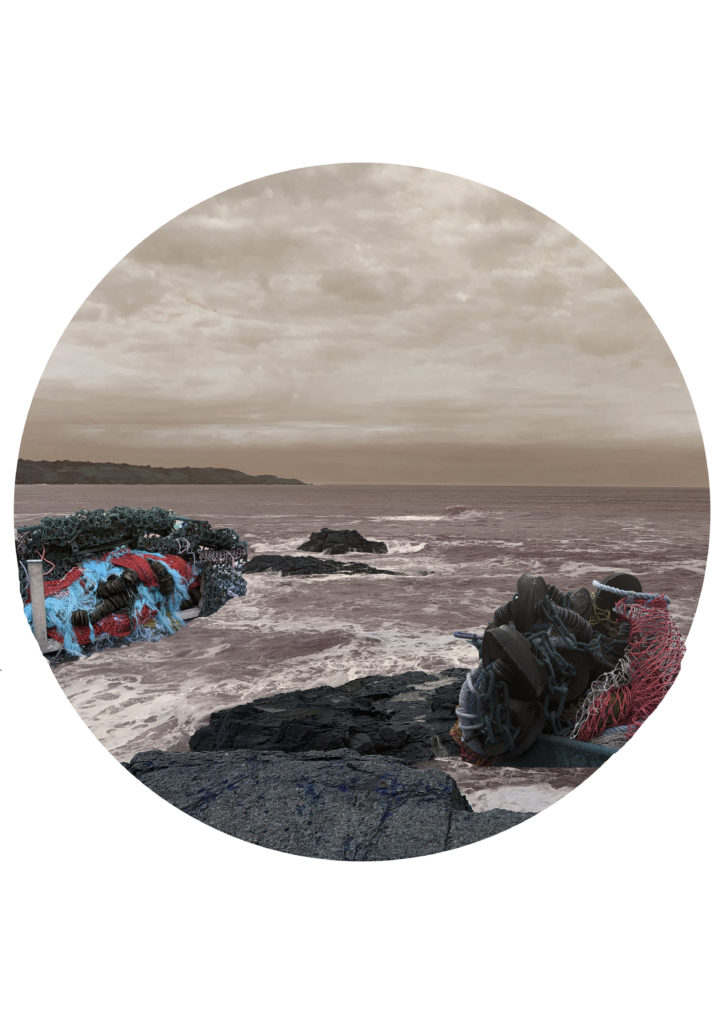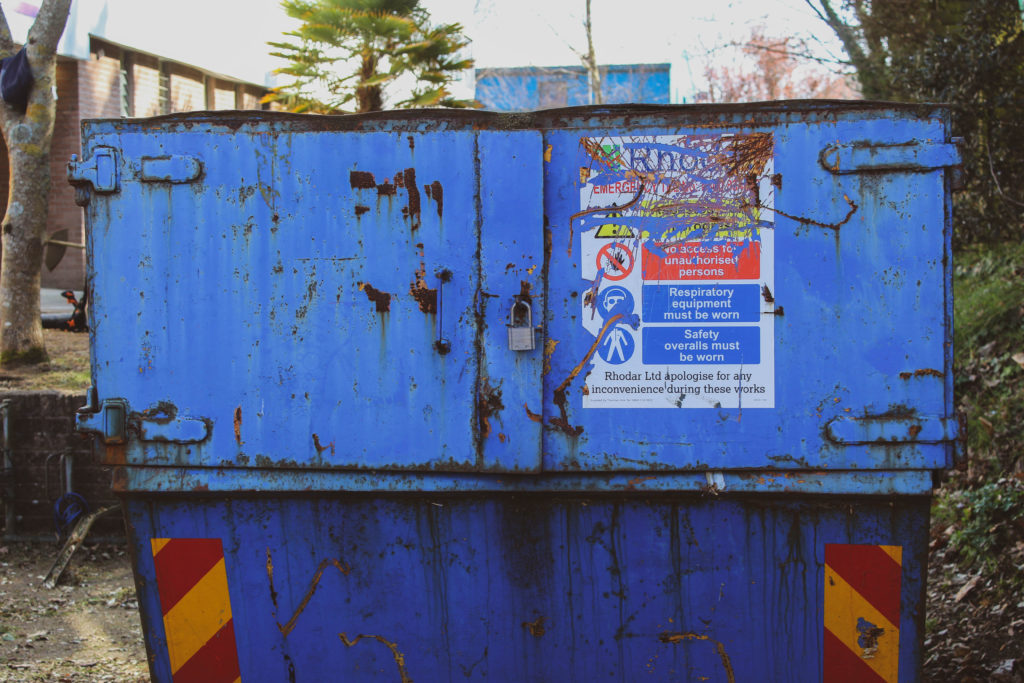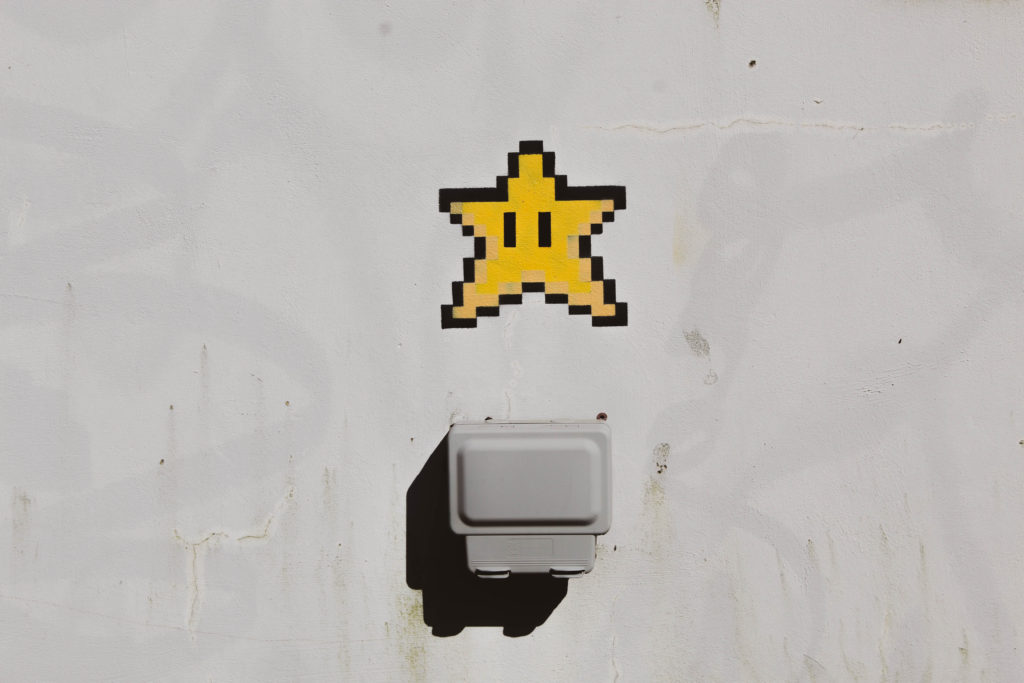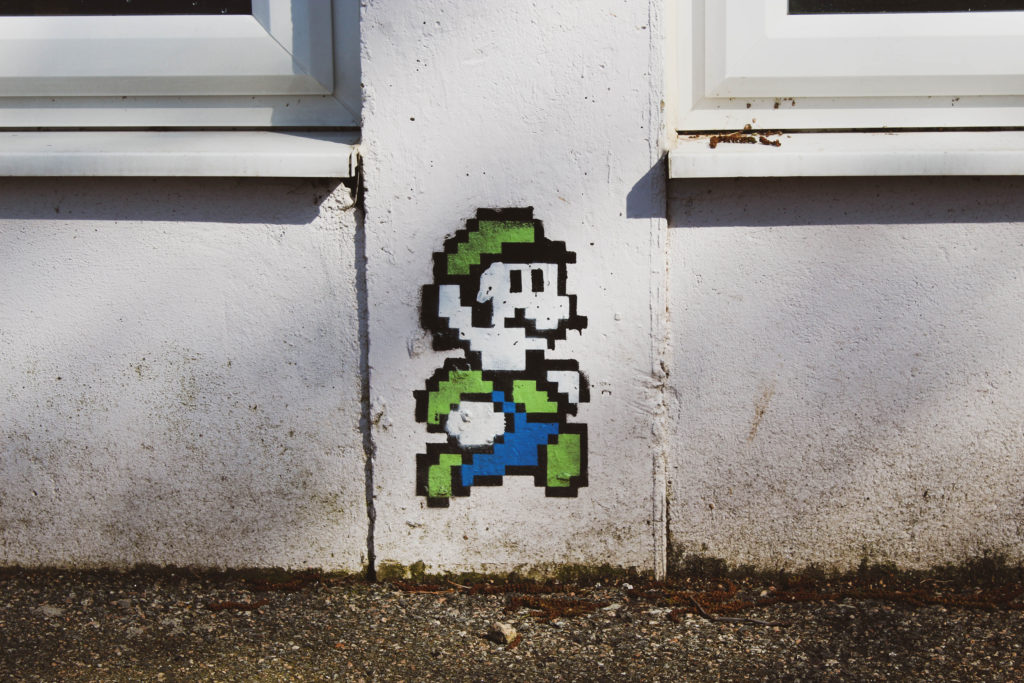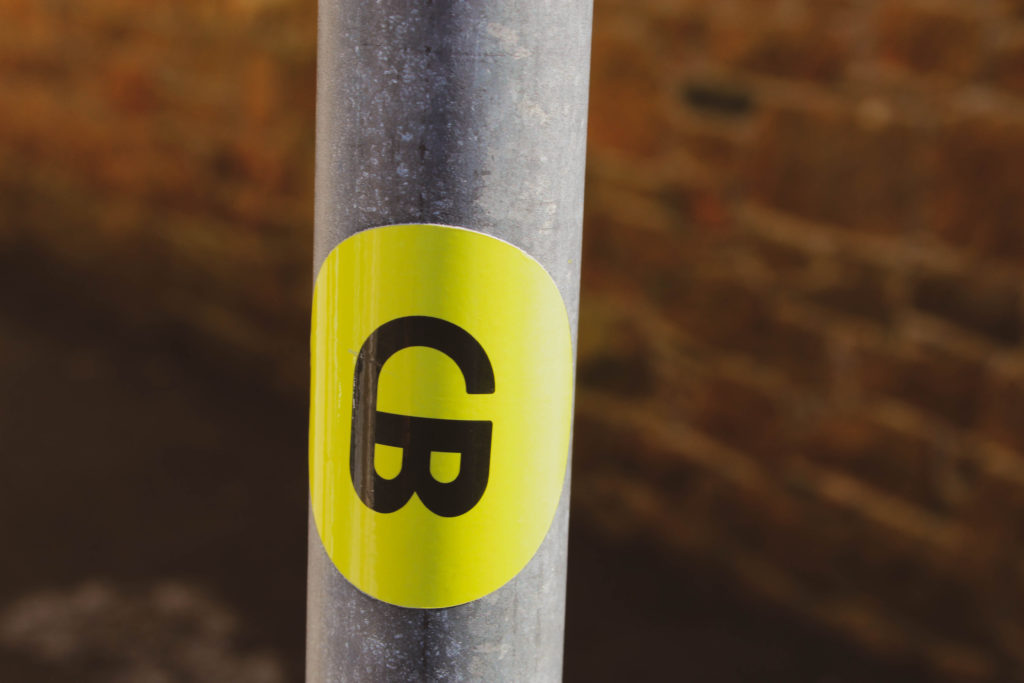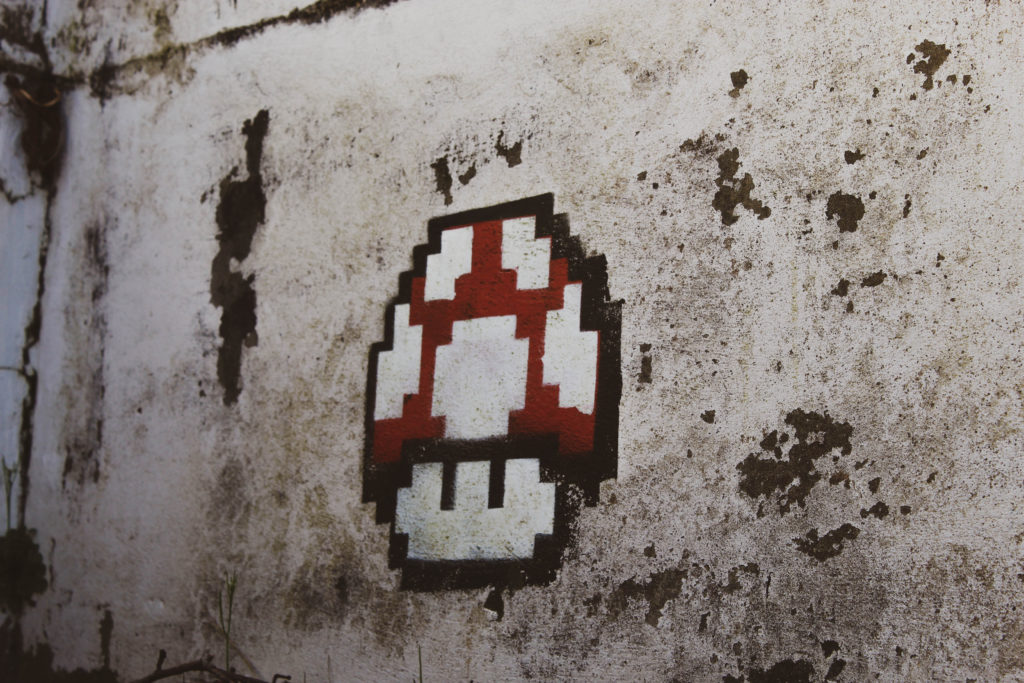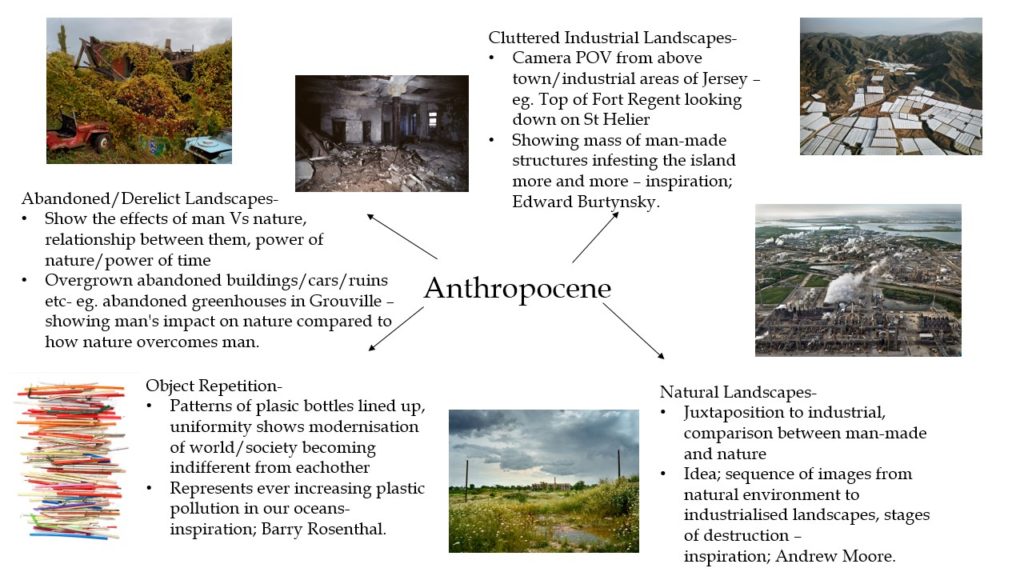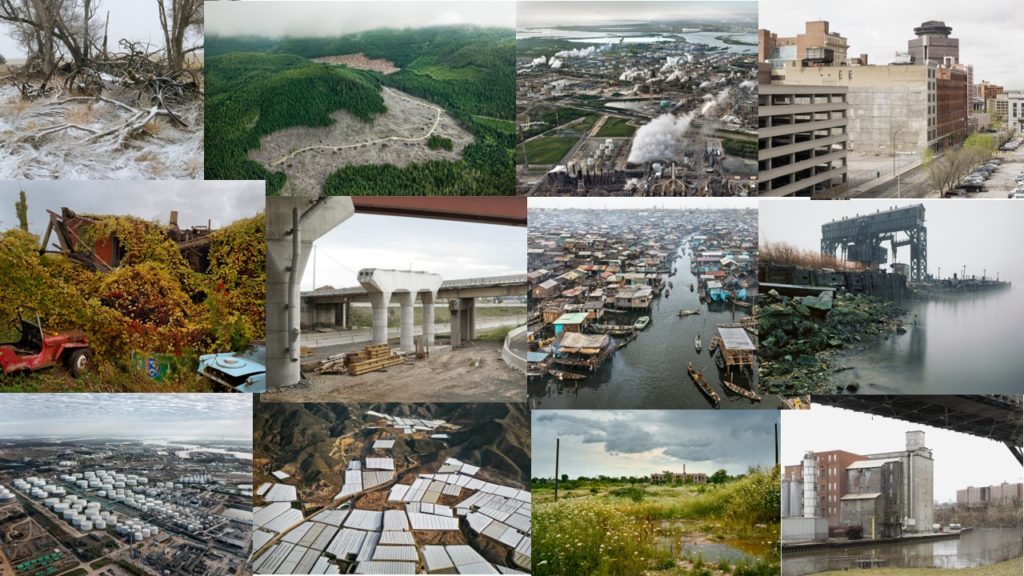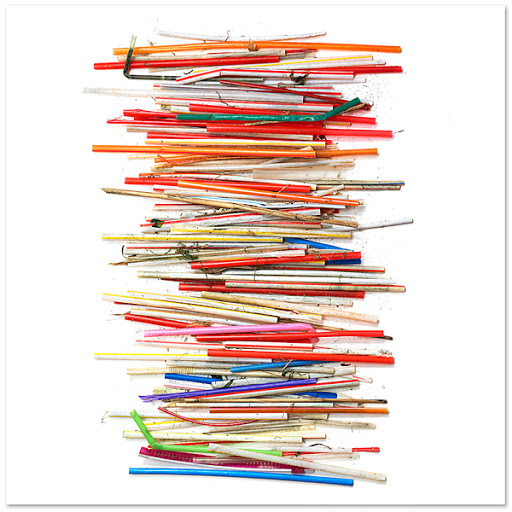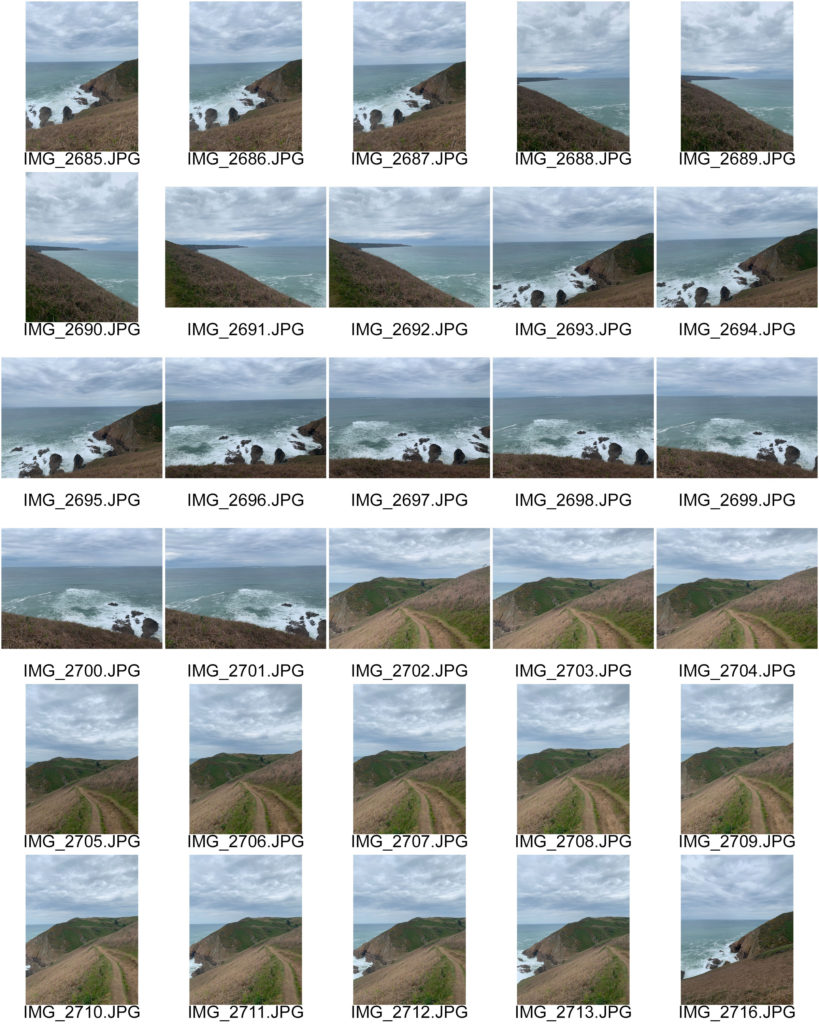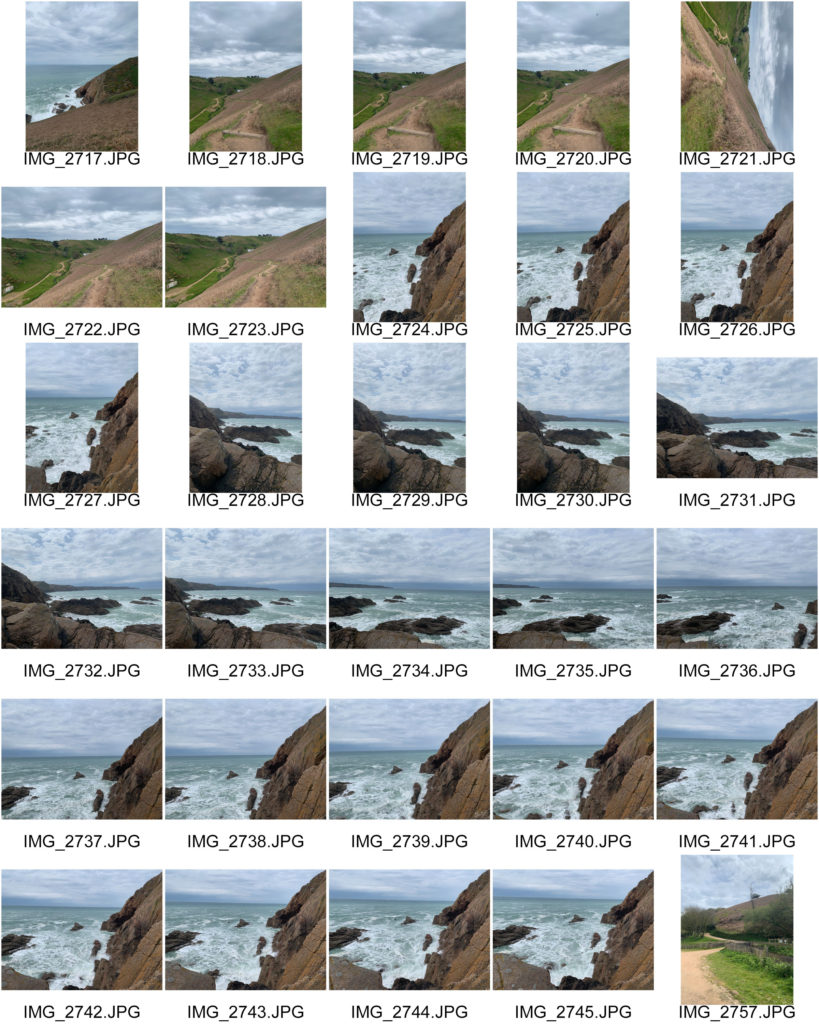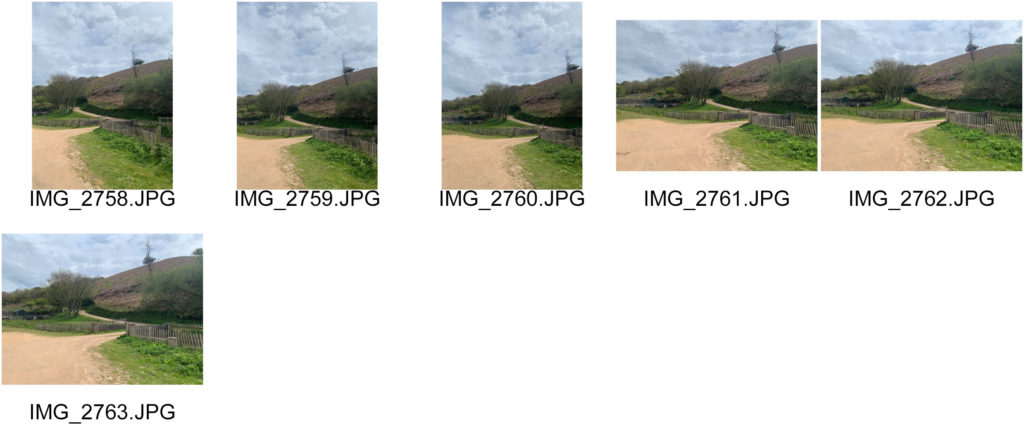WHO IS DILLON SAW? – (1st Artist/Photographer. Altered Landscapes)
Dillon started taking photos to capture beautiful sunsets in full detail that his phone couldn’t. After, he shot mostly landscapes and city-scapes, although he also enjoys portraiture. However he creates unique pieces in Adobe Photoshop by manipulating photos.
This is his Website where he showcases his work and information.
WHY I CHOSE DILLON SAW?
The main reason I chose him was to incorporate his way of work into my work and final piece, with the photo manipulation.
Although, Dillon Saw also focuses on natural landscapes and views, such as waterfalls and space and photos of galaxy’s.
I plan to make a main piece focusing on water/plastic pollution pollution inspired by Sebnem Coskun, but in the style of Saw’s work.
After, I make the water/plastic pollution piece, and still have time, I will create a piece in Saw’s style. I plan to take photos of the stars, galaxy and the Moon, as well as landscapes to create a final altered landscape in Adobe Photoshop, inspired by Dillon Saw, as a secondary piece.
IMAGE ANALYSE
I chose to analyse this image as it displays the fantasy and surrealism aspect that I’m looking to incorporate into my work.
Firstly, this image was created in Photoshop, I estimate the amount of images used in this image to be 5-7. Starting with the hills (maybe the hills in the foreground +1), possibly the tree, the birds, the sky, the Moon, and the stars.
Saw has positioned the two main elements along the vertical centre line, the tree and the Moon. This creates a focus on mainly the moon as the sky takes up most of the image. It being on the centre line allows the moon the take up a larger space in the image, which shows that Saw has thought about composition. This creates a theme and mood, which is a space/galactic, that can come across as calming.
Keeping the calming aspect, the dominant colours being blue and purple is its own dynamic in itself. The colour purple is often associated with power, mystery, and grandeur which links back to space and the never-ending universe. The colour blue represents faith, confidence, and loyalty, which has ties to the planet that we live on, that we see everyday, and are familiar with. The combination of blue and purple creates a sunset/evening scene that shows the transition to night fall that exposes the view into space.
The moon having pointed ends and being brighter then its surroundings, it draws attention to itself and separates it form the calming environment, which is full of natural lines, therefore it contrasts with the prefect curves of the moon. Making the moon the main focus. This creates an uneasy feeling as space is the main focus. The fact that it is in a surreal/man-made, created environment can cause people the think how much of space is unknown, and how we will never know 100% what is out there.
